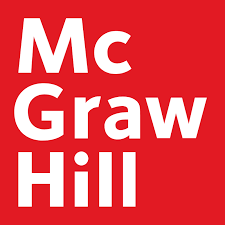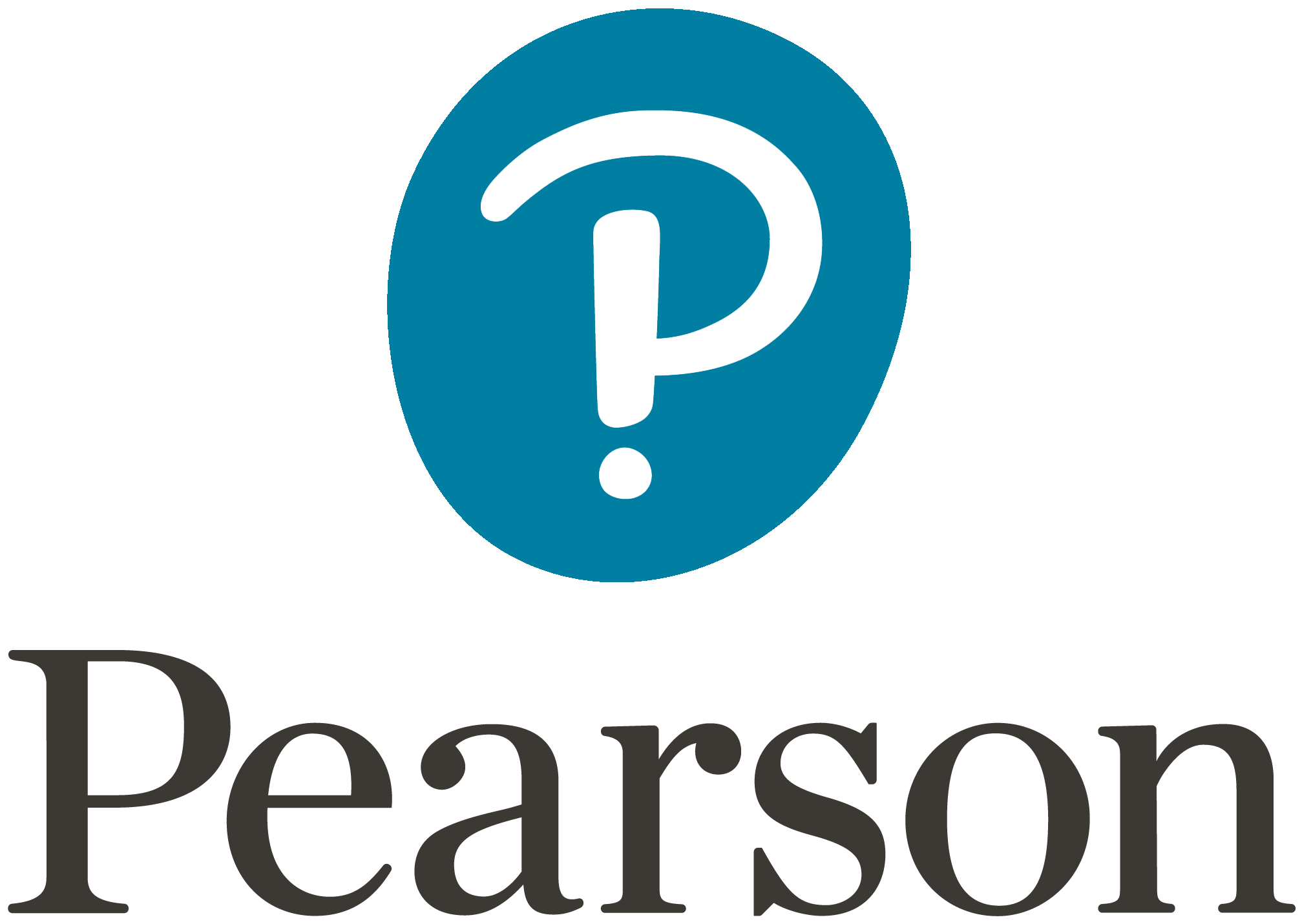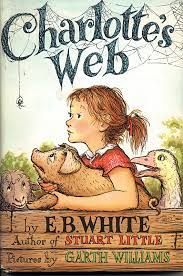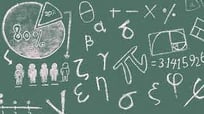Are you a parent looking for engaging ways to teach English grammar to your young language learner?...
American Textbooks and Literature for English Learners

Learning English is an essential skill for kids in today's globalized world. For non-native kids, one of the best ways to improve their language skills is by using American textbooks.
American textbooks not only provide a strong foundation in English but also introduce learners to American culture and values.
In this blog article, we will explore the popular publishers of school books in the United States, the literature that American kids read in elementary school, and how non-native kids can benefit from studying with American textbooks.
Read here about how important culture is in learning a language and how NSEO teacher Aundia incorporated American culture into her lessons:
Popular American Textbook Publishers
- Houghton Mifflin Harcourt (HMH): As one of the leading educational publishers in the United States, HMH offers a wide variety of textbooks for all grade levels. Their curriculum materials cover subjects such as English, mathematics, science, and social studies.

- McGraw-Hill Education: This prominent publisher produces textbooks and digital resources for PreK-12, higher education, and professional markets. McGraw-Hill's curriculum materials are designed to support learning in various subjects, including English, math, science, and social studies.

- Pearson Education: Pearson is a global learning company that offers educational materials for all grade levels. Their extensive catalog includes textbooks, digital resources, and assessment tools, covering subjects like English, math, science, and social studies.

- Scholastic: Scholastic is a well-known publisher of children's books and educational materials. They offer a wide range of resources for various subjects, including English language arts, mathematics, science, and social studies.

Literature in American Elementary Schools
In American elementary schools, students typically read a mix of classic and contemporary literature. Some of the popular books and authors include:
- Dr. Seuss: With catchy rhymes and whimsical illustrations, Dr. Seuss books are great for teaching early reading skills and cultivating a love for reading.
- Eric Carle: Known for his vividly illustrated picture books, Eric Carle's stories are perfect for introducing kids to animals, colors, and other early learning concepts.

- Roald Dahl: Roald Dahl's imaginative stories, such as "Charlie and the Chocolate Factory" and "Matilda," captivate young readers and teach valuable life lessons.
- Beverly Cleary: Her relatable characters and engaging stories make Beverly Cleary's books, like the "Ramona"
series, popular among elementary-aged readers. - E.B. White: Timeless classics like "Charlotte's Web" and "Stuart Little" are still beloved by young readers and teach important themes such as friendship and perseverance.


Books for Other Classes and Their Benefits for Non-Native Kids
Apart from literature, American textbooks encompass various subjects like math, science, and social studies. These books are designed to build foundational skills and knowledge in each subject area while offering distinct benefits to non-native kids learning the subjects in English.
- Math: American math textbooks emphasize the development of numerical skills, problem-solving, and critical
 thinking through diverse exercises and real-world examples. For non-native kids, learning math in English helps enhance their language proficiency by familiarizing them with mathematical terms and concepts. This not only improves their math skills but also prepares them for future opportunities in a globalized workforce where English is often the lingua franca.
thinking through diverse exercises and real-world examples. For non-native kids, learning math in English helps enhance their language proficiency by familiarizing them with mathematical terms and concepts. This not only improves their math skills but also prepares them for future opportunities in a globalized workforce where English is often the lingua franca. - Science: American science textbooks cover topics such as biology, chemistry, physics, and earth science, offering hands-on activities and engaging texts. Non-native kids learning science in English can better comprehend scientific terminology and concepts, making it easier for them to engage with international scientific communities and access resources in the future. Moreover, the exposure to English-language scientific materials allows non-native kids to stay updated with the latest discoveries and research, fostering their curiosity and love for learning.
Let us help you teach English math, science and social studies topics!
- Social Studies: American social studies textbooks delve into history, geography, and civics, enabling students to understand their place in the world and fostering a sense of global citizenship. For non-native kids, learning social studies in English provides valuable insights into American and global historical events, political systems, and cultures. This increased understanding promotes cross-cultural awareness and appreciation, essential for thriving in today's interconnected world.
By learning these subjects in English, non-native kids can experience the following benefits:
- Improved Language Proficiency: Studying various subjects in English allows non-native kids to acquire subject-specific vocabulary and expressions, which can significantly enhance their overall language proficiency.
- Cognitive Development: Learning multiple subjects in a second language stimulates cognitive development, as it requires students to think critically and problem-solve in a different linguistic context.

- Global Competency: Non-native kids who learn subjects in English can access a wealth of international resources and engage with global communities more effectively, preparing them for future academic and professional opportunities.
- Adaptability: As non-native kids study different subjects in English, they become more adaptable and flexible in various learning environments, equipping them with essential skills for personal and academic growth.
In conclusion, non-native kids can significantly benefit from learning various subjects in English using American textbooks. They not only develop a strong foundation in each subject area but also enhance their English language skills, critical thinking abilities, and cultural understanding, preparing them for a successful future in a globalized world.





